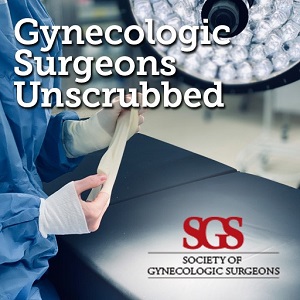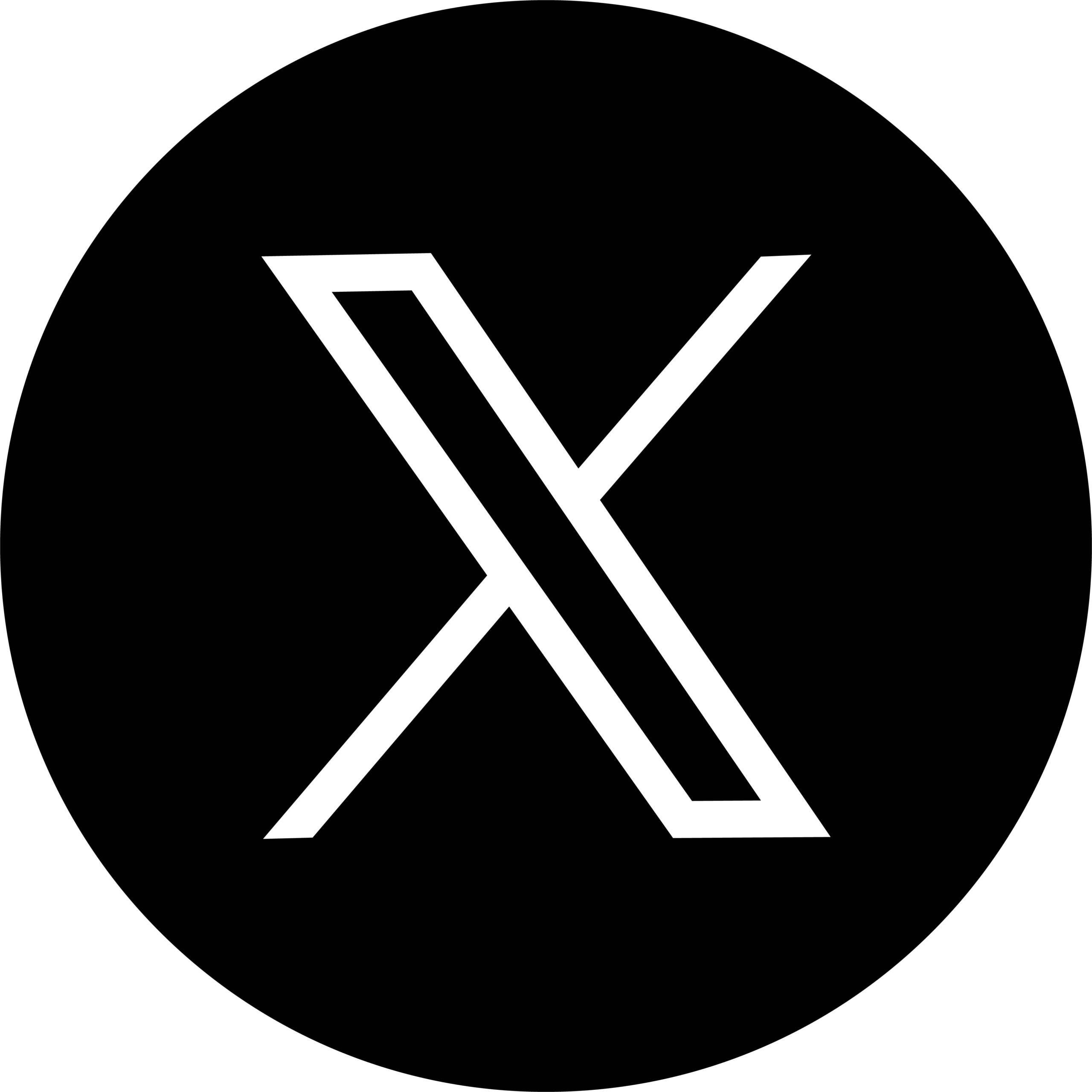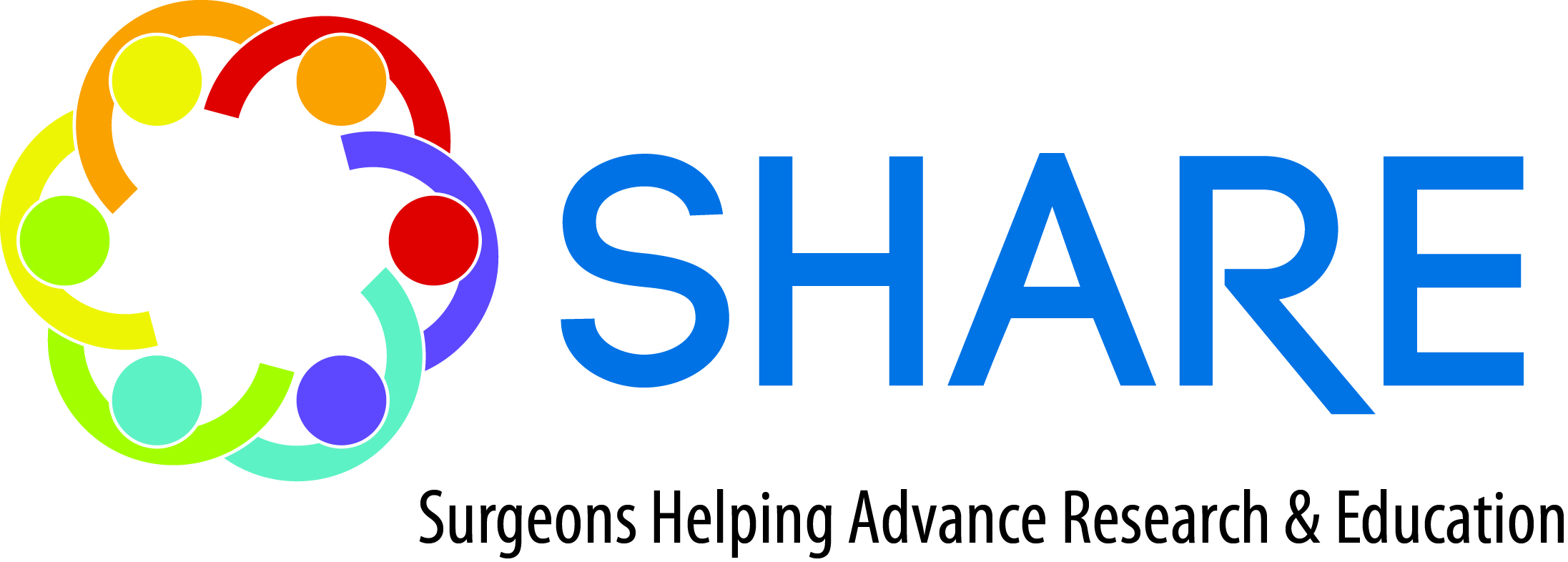UCSD Center for the Future of Surgery
La Jolla, CA

Saturday, December 4, 2021
Optional Hands-on Laparoscopic Suturing + Energy Workshop and Optional Hands-on Cadaveric Sessions have been approved to meet ABOG Improvement in Medical Practice (Part IV) MOC requirements
 . .
DESCRIPTION OF CADAVER LAB SESSIONS
SATURDAY, DECEMBER 4, 2021: 7:30 AM - 11:30 AM
LAPAROSCOPIC CADAVER DISSECTION AND ANATOMY LAB - SOLD OUT Email [email protected] to put your name on the waiting list
Surgical treatment for gynecologic conditions continues to advance with many minimally invasive procedures performed via the laparoscope.
This lab is designed to help the participant practice techniques in laparoscopic dissection, anatomy and surgical techniques.
The lab is cadaver based, with three participants and one experienced faculty proctor per cadaver. Participants will practice accessing the peritoneum, dissection in the pararectal and paravesical spaces, learning the retroperitoneal anatomy. Depending on initial skills and the desires of each team, other optional techniques available will include laparoscopic suturing, practicing electrosurgical techniques, exploring the Space of Retzius.
Objectives:
Using a cadaver model, the participant should be able to:
1. Identify pelvic anatomy that can be approached laparoscopically.
2. Practice laparoscopic entry techniques.
3. Formulate and practice techniques to dissect the pelvis laparoscopically
4. Apply and practice electrosurgical techniques for laparoscopy.
No scrubs will be provided. Please make sure to bring your scrubs to the course and wear them to the lab.
SATURDAY, DECEMBER 4, 2021: 12:30 PM - 4:30 PM
VAGINAL HYSTERECTOMY AND SLING LAB:
 Vaginal hysterectomy (VH) rates are declining, despite ACOG recommendations that the vaginal route is the best approach, when feasible. (Sources: ACOG Committee Opinion No. 444; Cochrane Review, 2009). The introduction of new technologies, including robotic and laparoscopic hysterectomies, has reduced the rates of abdominal hysterectomy, but the rates of vaginal hysterectomy remain relatively flat or are declining. Vaginal hysterectomy (VH) rates are declining, despite ACOG recommendations that the vaginal route is the best approach, when feasible. (Sources: ACOG Committee Opinion No. 444; Cochrane Review, 2009). The introduction of new technologies, including robotic and laparoscopic hysterectomies, has reduced the rates of abdominal hysterectomy, but the rates of vaginal hysterectomy remain relatively flat or are declining.
This lab is designed to help the participant improve their techniques in vaginal surgery, including vaginal hysterectomy, vaginal prolapse repairs and placement of mid-urethral slings. The labs are cadaver based, with three participants and one proctor per cadaver. Participants will practice access to the peritoneum during vaginal hysterectomy, palpating ureters, clamping and suturing techniques. Other optional techniques available will include different retraction techniques, vessel sealing, repairs of cystoceles and rectoceles, placement of mid-urethral slings.
Objectives:
Using a cadaver model the participant should be able to:
1. Formulate and practice techniques to optimize trans-vaginal hysterectomy.
2. Apply and perform other vaginal repairs, including mid-urethral slings to treat urinary incontinence and other vaginal prolapse repairs.
No scrubs will be provided. Please make sure to bring your scrubs to the course and wear them to the lab.

|




 Vaginal hysterectomy (VH) rates are declining, despite ACOG recommendations that the vaginal route is the best approach, when feasible. (Sources: ACOG Committee Opinion No. 444; Cochrane Review, 2009). The introduction of new technologies, including robotic and laparoscopic hysterectomies, has reduced the rates of abdominal hysterectomy, but the rates of vaginal hysterectomy remain relatively flat or are declining.
Vaginal hysterectomy (VH) rates are declining, despite ACOG recommendations that the vaginal route is the best approach, when feasible. (Sources: ACOG Committee Opinion No. 444; Cochrane Review, 2009). The introduction of new technologies, including robotic and laparoscopic hysterectomies, has reduced the rates of abdominal hysterectomy, but the rates of vaginal hysterectomy remain relatively flat or are declining. 



